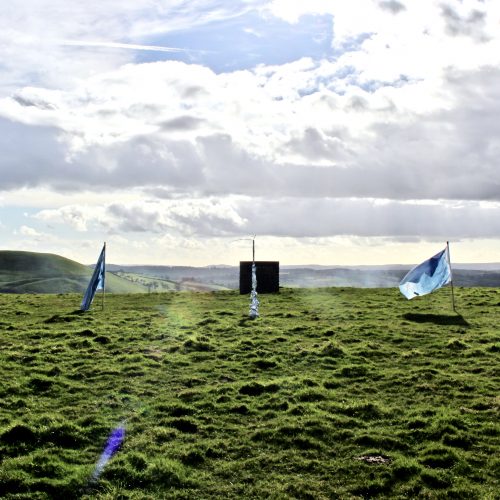
Before applying to study my Foundation, I intended to study History of Art, not really knowing what a Fine Art degree entailed and intimidated by the jump in quality I had observed looking at graduating fine artists and comparing this to the work I had done at A-level. By the time I started studying at City & Guilds I knew I wanted to pursue Fine Art and abandoned my HoA place. However, through attending the Foundation course I was able to really further and question my practise in comparison to the prescriptive and descriptive nature of my A-level studies. The school exposed me not only to a different way of thinking about art, but practically enabled me to explore different medias that had not been available to me at school such as: casting, etching and print making, photography and design. Without this experience, and the development of self-initiated practise, I truly believe my experience at degree would be crucially hindered, even to the most basic level of a preliminary knowledge of what it is like to study an arts degree.
What in particular has stayed with you from your time at the Art School?
I think one of things that has particularly stayed with me after leaving the Art School was the confidence and support the tutors gave me, not only in furthering my practise but also when putting my portfolio together, helping with my personal statement and with interview practise all for early application. The investment in individual students at such an early point in my studies was indicative to me of an Art School that really strove to support us in our academic pursuits, however they may have manifested.
What have you gone on to after leaving the Art School?
Since leaving I have continued to study Fine Art at the Ruskin School of Fine Art and Drawing. Now half way through my degree, my practise has developed from a discrete sculpture and video works to a more expanded practise encompassing print, film, writing and site specific performances. Deeply embedded on the specific British history of the dissemination of aural mythologies and ritualistic earth based healing and magic practises, I am currently trying to build an archive of ‘testimonies’ that contrasts this research with the more contemporary Wicca practises, and, to an extent the industrialisation, digitisation and consumerism which is now inextricably inherent in our landscapes. However, underpinning all my work is a fascination with the essential violence and abject interstitiality of our bodies.
I have also presented work in exhibition Al Denté at The Dolphin Gallery in Oxford, and more recently in ‘NEHCTIK’ at Strange Cargo in Folkestone, and am currently preparing a performance for a semi-collaborative outdoor exhibition in Oxford. I have also shown my work on Industry Magazines digital edition ‘Food’, and have two sculptural performances, writing and some drawings in The Edgar Wind Society’s journal Oculus’ edition ‘nowhere/now here’.
What advice might you give to current Foundation students?
My advice for current Foundation students would be to make the most of the experience, the Foundation year is a unique space with complete freedom for experimentation with an availability to technical assistance and space that you may not receive at some universities at degree level. Make bad work where you have the time and freedom to and be completely open to change in your practise. Also where the opportunity is provided immerse yourself as much as possible in learning how to question and talk about your art.








